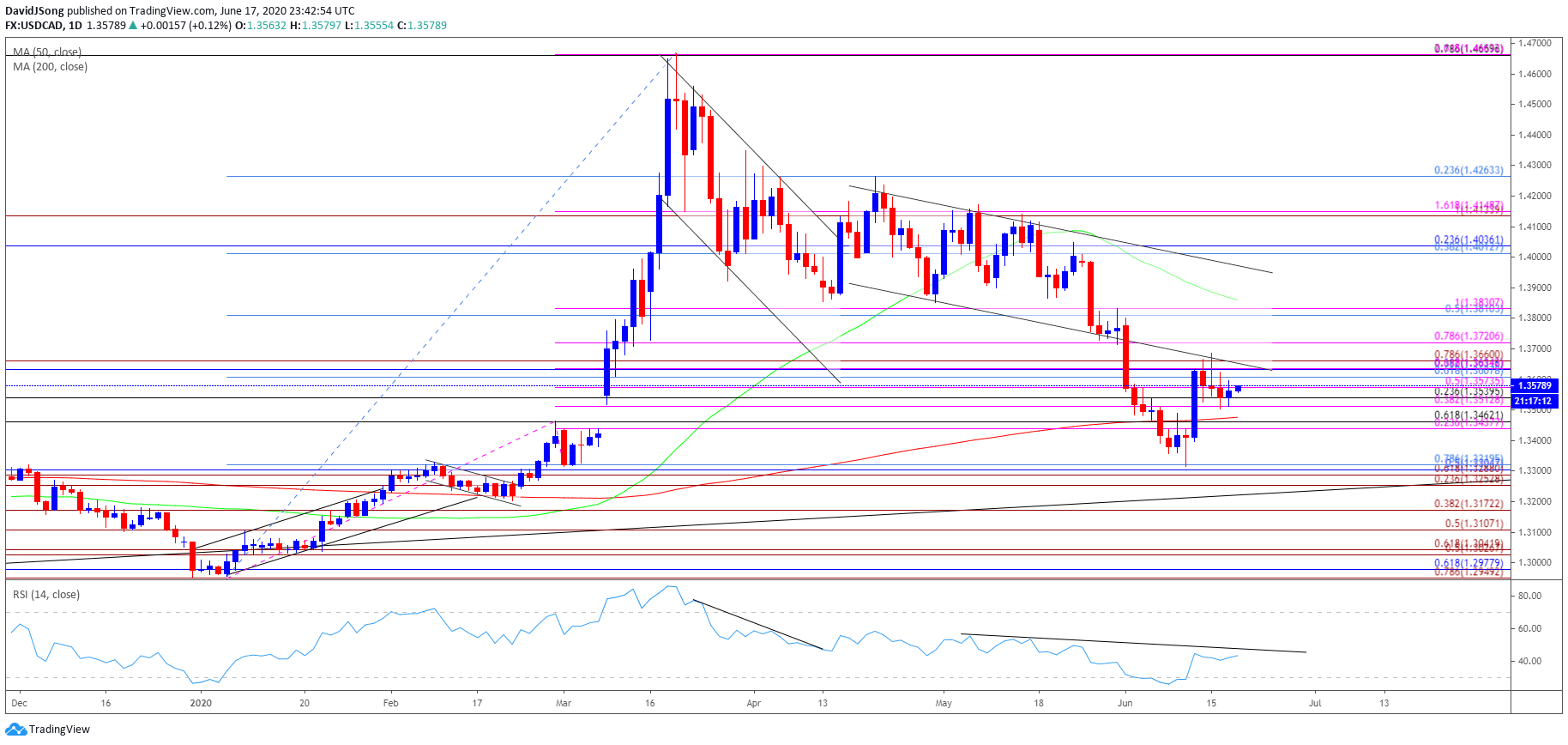
A bottle of Burgundy wine at a Paris hotel: 2 francs.At Beauvais, a large bowl of coffee with as much milk, sugar and toasted bread as you wanted: 5 sous.What could you buy with a sou, or a franc or a golden Louis in Restoration France? Here are some examples from 1819-20: The rates for converting French currency to British or American currency in the 1820s were as follows:ġ Louis d’Or = 18 shillings 9¾ pence (according to the 1822 traveller’s guide, the Louis could be converted at par, i.e., at 1 pound sterling)ĥ francs = 1 US dollar. (2) Historical exchange rates for French currency The coins in circulation…are…in silver, pieces of five francs pieces of two francs pieces of one franc pieces of thirty sous, being half of the ecu pieces of 15 sous, a quarter of the ecus and half francs and quarter francs, or five sous pieces in copper, pieces of five centimes…equal to the old sou and of ten centimes…or one decime, equal to the double sou. There are also ancient pieces, made of mixed or bell-metal, denominated pieces of six liards, value one sou and a half. ( copper) the large or double sou, the sou, and the half and quarter sou, or pieces of two and one liard. ( silver) the six, five, three, two and one franc piece.ģ. ( gold) double louis, 47 francs 4 sous the louis 23 francs 11 sous the double and single napoleon, or new louis, pieces of 40 and 20 francs, most in use.Ģ. Thus converting between the two systems was straightforward.Īs for how this worked in practice during the Bourbon Restoration, a traveller’s guide to France in 1822 observed:ġ. The words were often used interchangeably. The franc was generally equivalent in value to the livre. Source: National Numismatic Collection, National Museum of American History The units of Post-Revolutionary currency were:Ī 20-franc Napoléon d’Or from 1803, when Napoleon was First Consul. Assignats, a type of paper money issued during the French Revolution, were denominated in livres.ġ liard = 3 deniers. The livre was not actually minted as a coin after 1720, but continued to be used as a unit of account.

The basic units of pre-Revolutionary French currency were as follows:ġ Louis d’Or (“Or” means gold in French, so this was a gold coin, or a “golden Louis”) = 24 livresġ livre = 20 sous. A guide published in 1826 noted that “the monies of the empire and of the kingdom pass indiscriminately.” (1) The new currency was retained when the Bourbons returned to power in 18, with the image of Louis XVIII, and later of Charles X, used instead of Napoleon’s. After Napoleon came to power, he dropped the revolutionary symbols on the coins and replaced them with his own image. There were two types of money circulating in France in the early 19th century: remnants of pre-Revolutionary currency based on the livre as the unit of account and new currency based on the decimal franc, which was introduced in 1795 by the French Revolutionary Convention. © The Trustees of the British Museum Currency in 19th-century France The New Coinage, or John Bull’s visit to Mat of the Mint! Satirical print by Charles William, 1817.


 0 kommentar(er)
0 kommentar(er)
